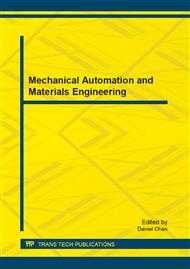p.163
p.167
p.172
p.179
p.183
p.188
p.192
p.197
p.202
Research on Public Transportation Based on Complex Network and Multi-Agent Simulation
Abstract:
This paper uses genetic algorithm to optimize public transportation network by extracting the topology of a local public transportation network as an instance. An optimization model is formulated and characteristics of the optimal network are analyzed. A simulation using multi-agent simulation software NetLogo is successfully implemented to verify the optimal results. Results show the validity of optimization in public transportation network by the proposed genetic algorithm. From the study, it is also found that NetLogo is of great advantage for simulation verification in complex networks.
Info:
Periodical:
Pages:
183-187
Citation:
Online since:
August 2013
Authors:
Price:
Сopyright:
© 2013 Trans Tech Publications Ltd. All Rights Reserved
Share:
Citation:


